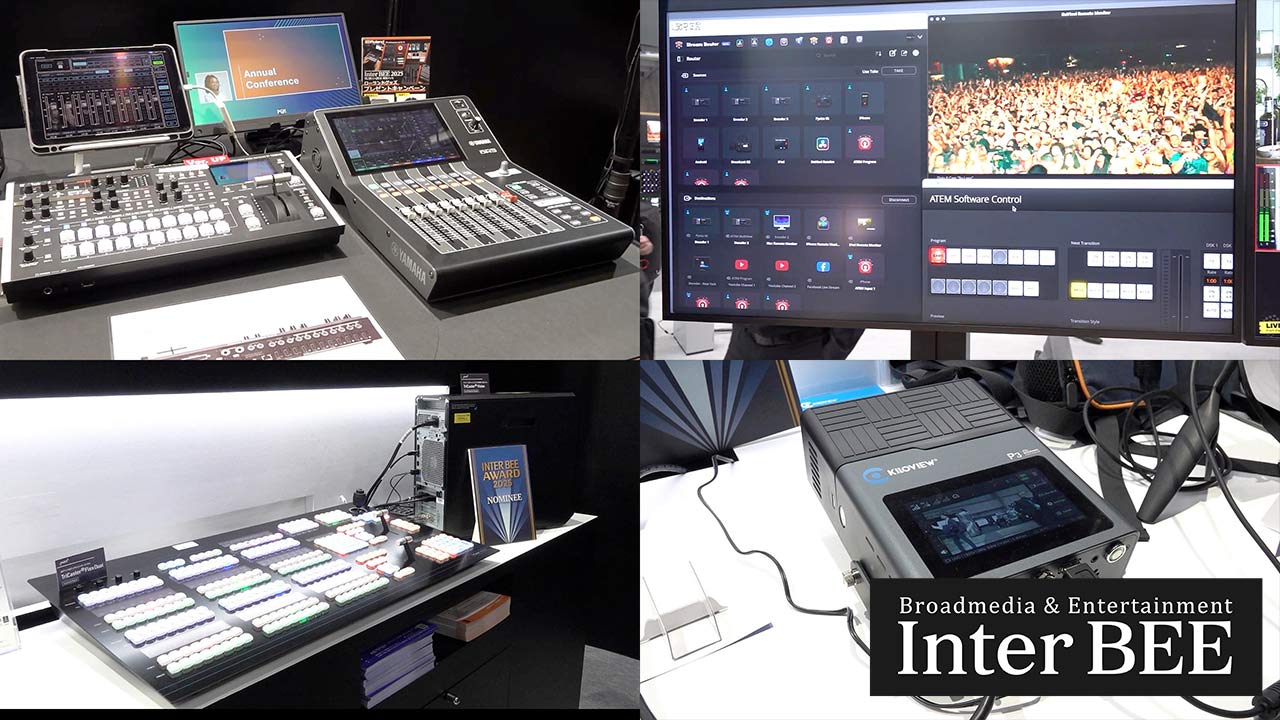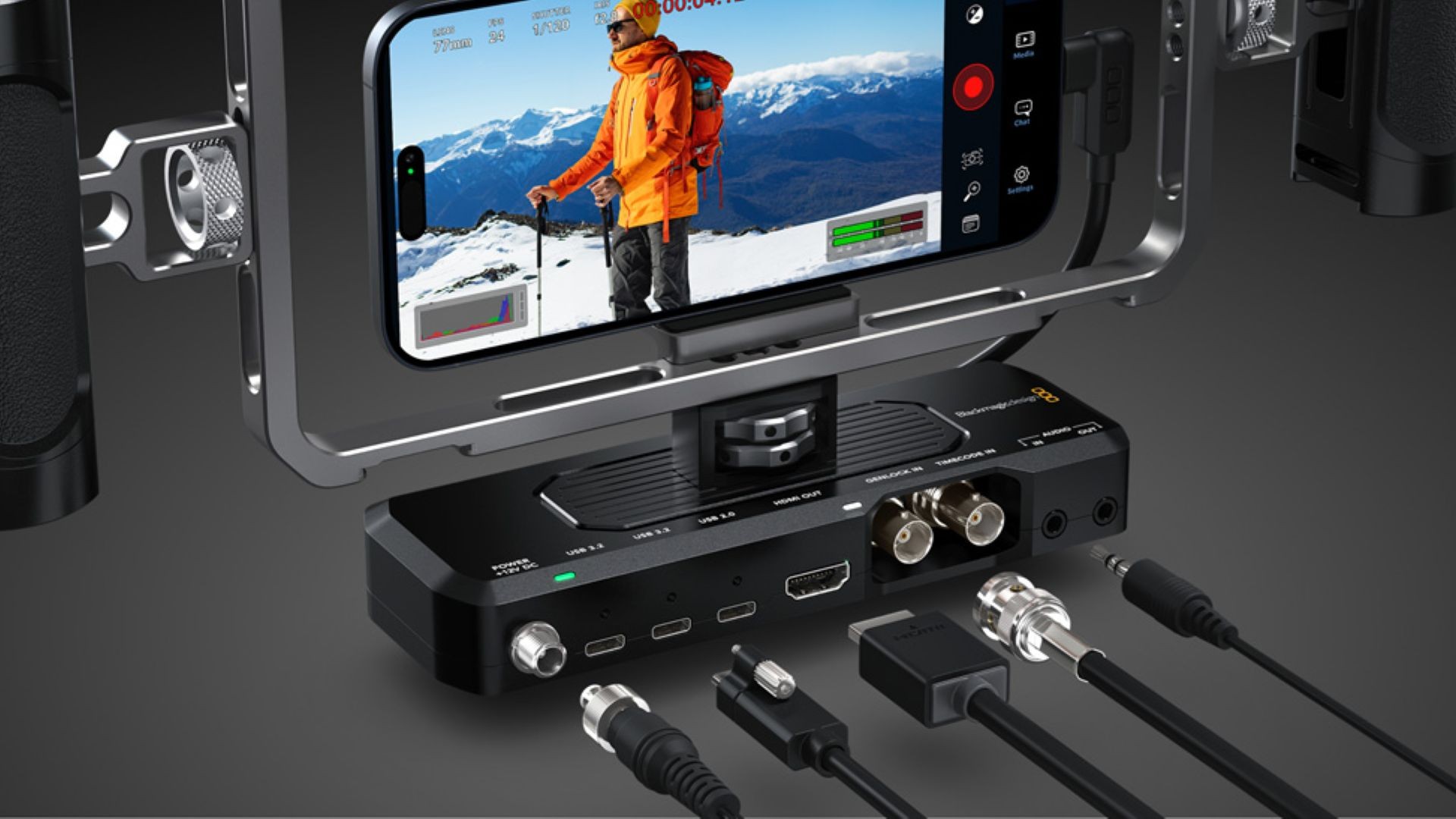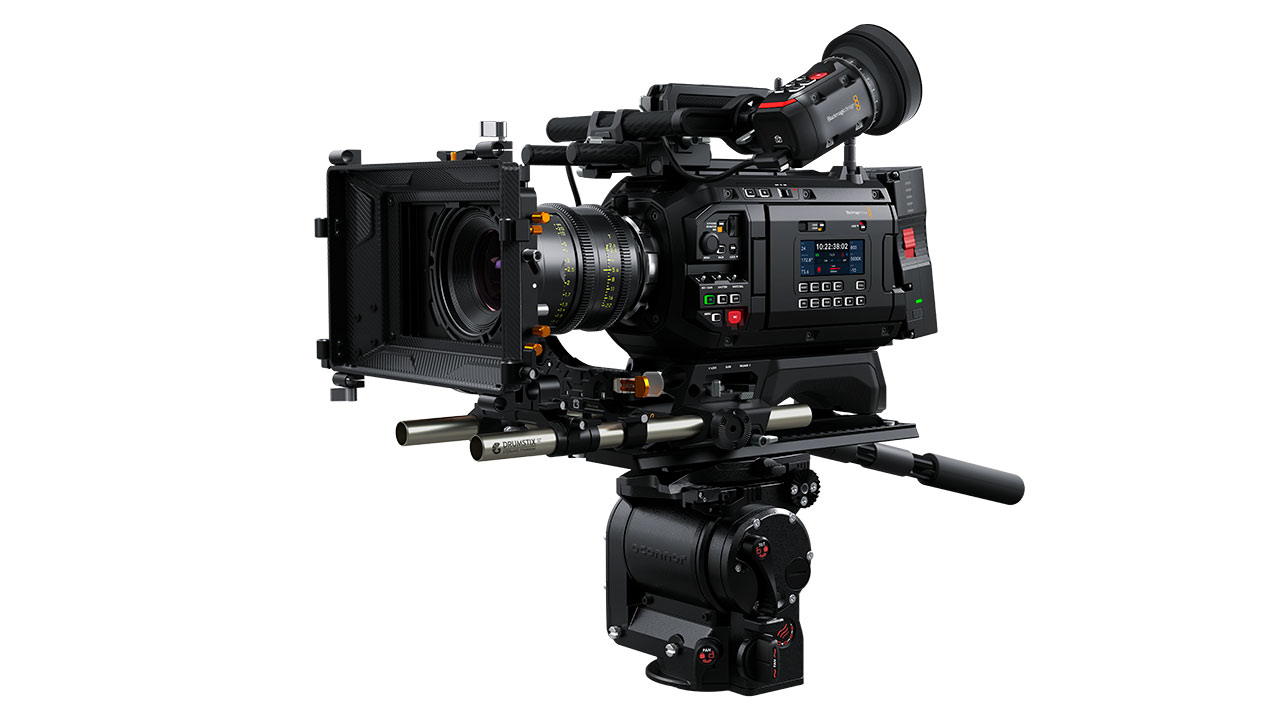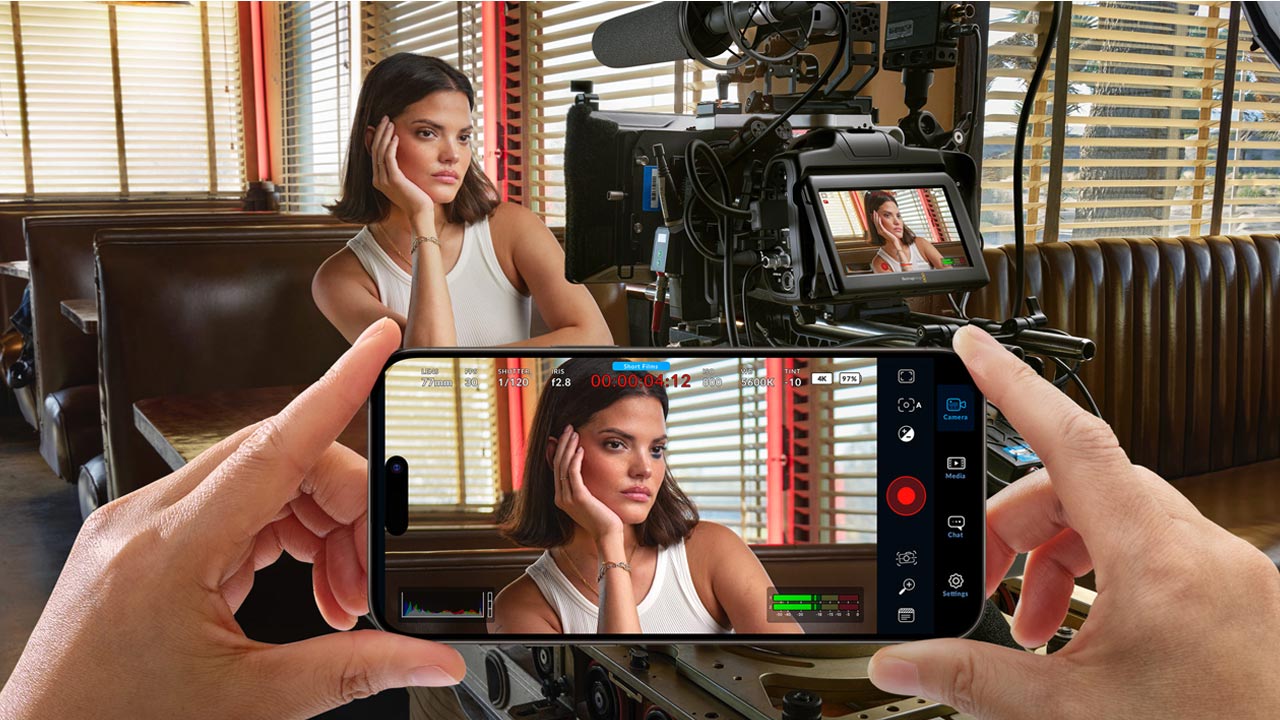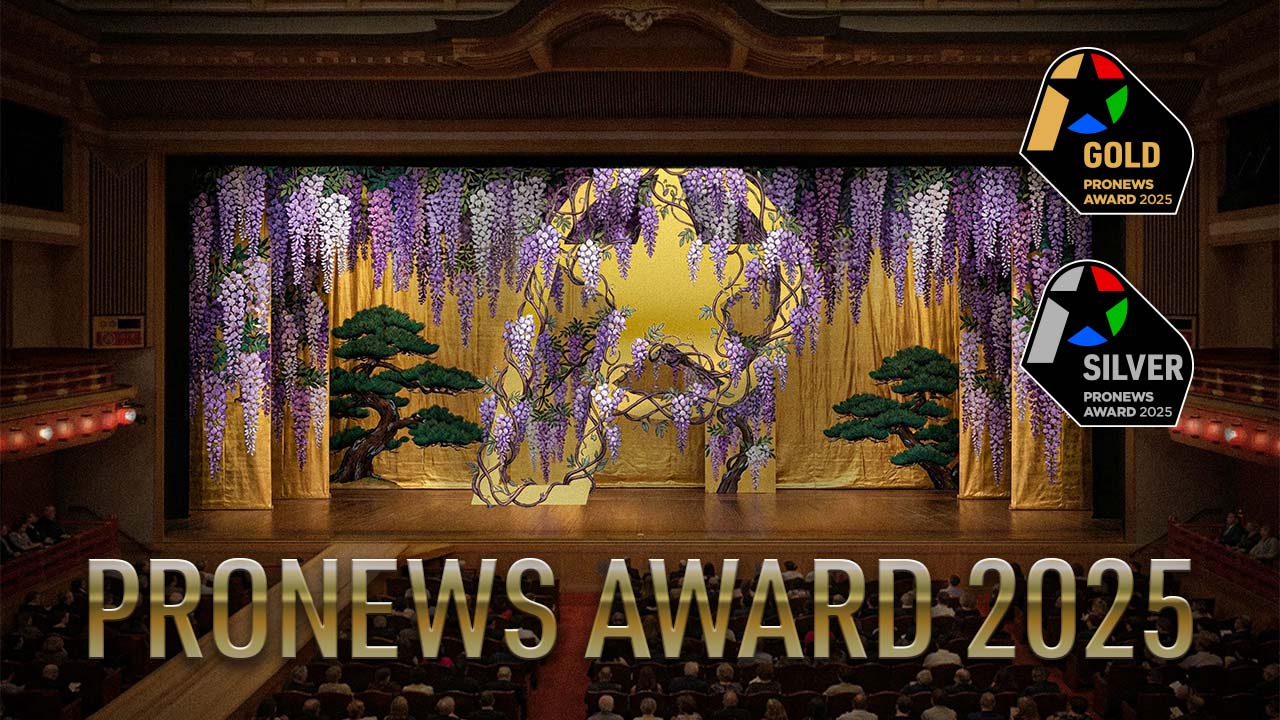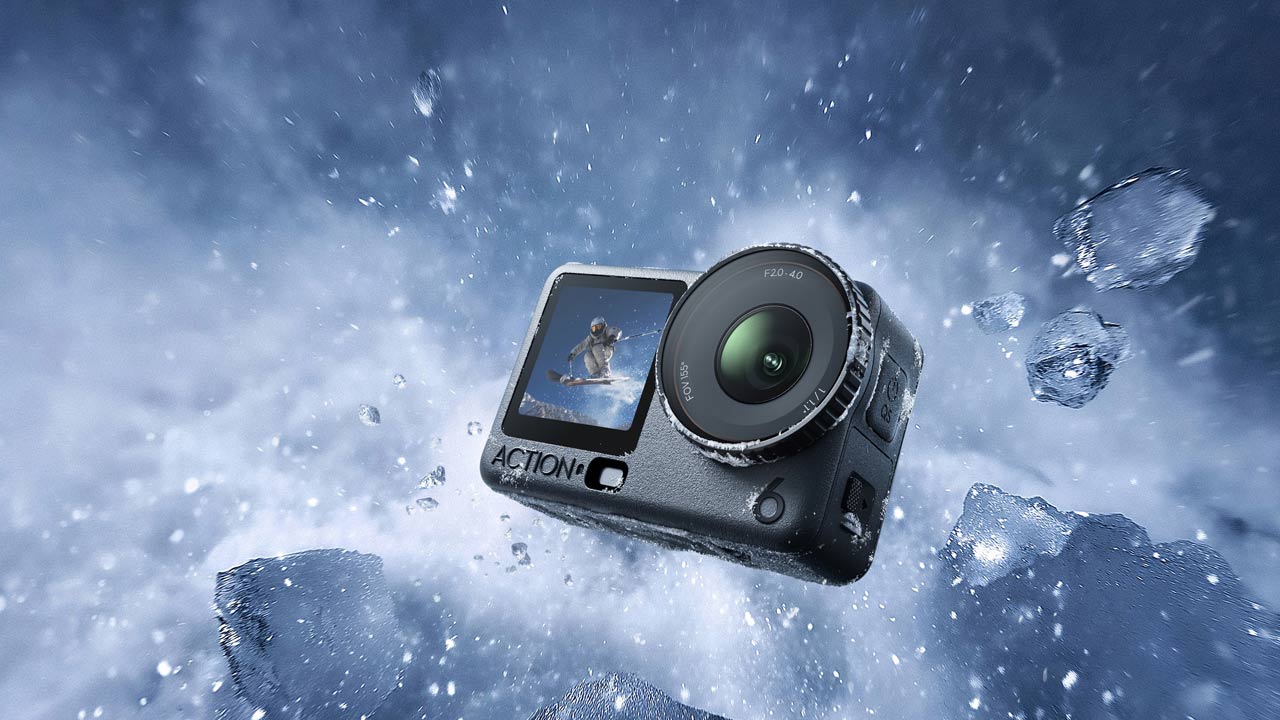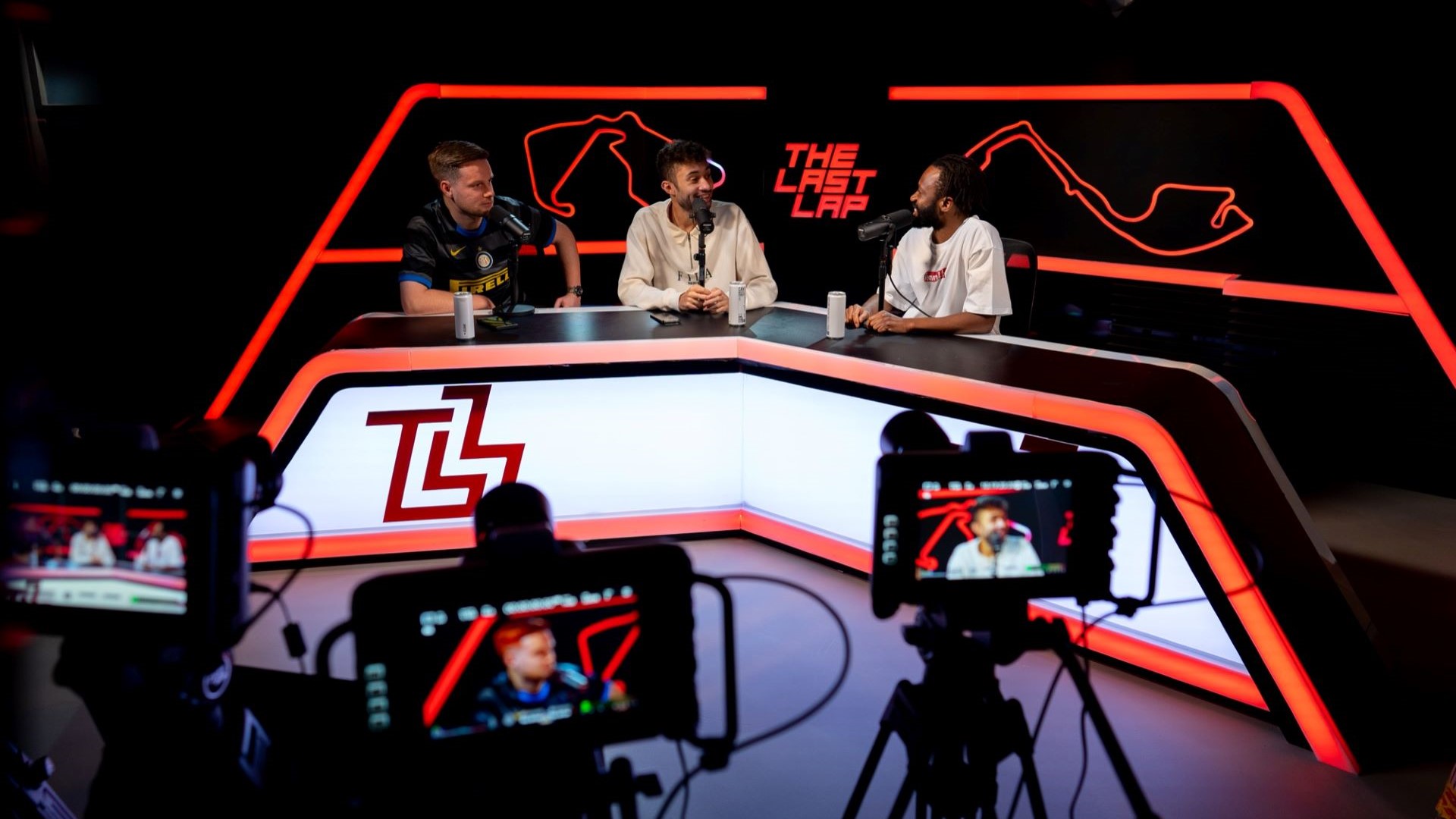
According to Blackmagic Design, The Fellas Studios, creators of ‘Saving Grace’ and ‘The Fellas’ podcasts, used a multi-cam workflow with Blackmagic Studio Camera 4K Pros to shoot their new F1 podcast ‘The Last Lap’.
The show, hosted by Tom McCluskey and Neilan Yesuf, began as a taped show. But Elliot Hackney, president of The Fellas Studios, believed that live broadcasts could increase viewer engagement. In particular, it is said to be effective during the race period.
Hackney commented:
Hackney: After our success with “The Fellas” and “Saving Grace,” the most popular female-hosted podcast in the country, we wanted to continue to grow our community. Live broadcasting is a good way to do that. Since “The Last Lap” is a pilot concept for a video podcast, we had to rethink the studio’s capabilities.
Powerful performance
The Fellas Studios contacted Alex Pettit, Live Streaming Consultant at Alex.Live, and decided that five Blackmagic Studio Camera 4K Pros would be the backbone of the new studio’s workflow. 4 units are used for each guest, and 1 unit is used for wide angle.

The video feed is sent via fiber optic HDMI to a rack-mounted ATEM Mini Extreme ISO live production switcher, with single cable 2-way communication to the ATEM for tally and camera control.
With no camera operator and just two people working on the production, it was important for the company that the workflow was simple and easy to use.
Pettit: We typically operate fully automated, but since we don’t have a camera operator, it’s important to be able to adjust the focus of the camera using the ATEM Software Control during the broadcast.
These cameras have been used on multiple live and recorded shows, not just ‘The Last Lap’. Custom LUTs are loaded into the camera to apply different looks and styles for each show.
In the rack
Pettit: One of the biggest advantages of this workflow is that it doesn’t take up much space, so it can be packed, transported and distributed for location shoots. No need for bulky audio equipment, lighting or tabletop video equipment, everything is networked from mouse, keyboard and control deck.
All central broadcast racks are equipped with Ethernet switches and Wi-Fi routers to manage the internal broadcast network. Also in the rack is a Behringer audio mixer and an ATEM Mini Extreme ISO, with the ATEM Mini being used to connect additional inputs.

The program is streamed live on Restream with the ATEM Mini Extreme ISO’s broadcast encoder. At the same time, ATEM also records individually on SSD, so it is possible to cut the program and edit it for posting to SNS after live distribution.
Smart operation
All aspects of your studio workflow, including camera focus, mic level and talkback control, triggering playback from HyperDeck Studio HD Plus, and camera cuts on ATEM Mini Extreme ISO, can be controlled from the control deck or ATEM Software Control. can be operated.
The HyperDeck Studio HD Plus feeds the source through the ATEM Mini to the ATEM Mini Extreme ISO, leaving one input free for easy swapping during live broadcasts.
UltraStudio HD Mini capture and playback device sending key & fill graphics from Mac Mini to ATEM Mini Extreme ISO. This is why we use Singular.live to integrate data graphics into the stream, as graphics play an important role in telling the story of the race.
Mr. Hackney: The viewer engagement rate has become very high, and it has given me the confidence to do a live broadcast. Whereas in the past many people used to watch live broadcasts in silence while listening to their favorite commentators commentary on the radio, today’s generation is using the second screen in the same way and adding commentary etc. I am having an exchange. With this in mind, it’s no surprise in a way that this broadcast format works so well.



